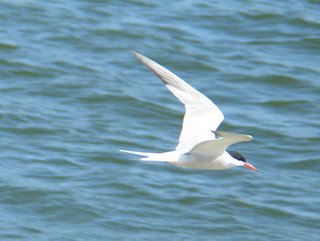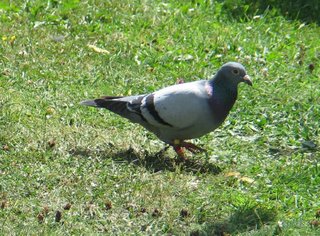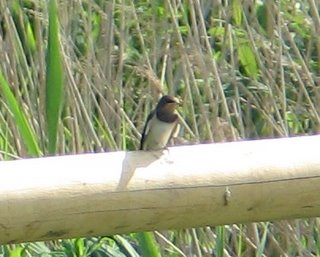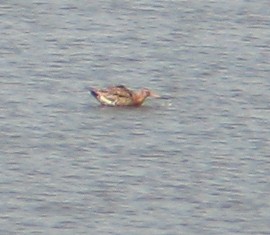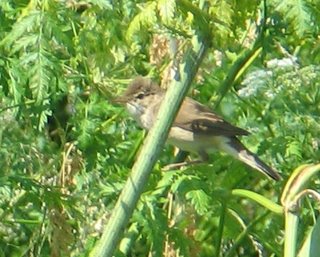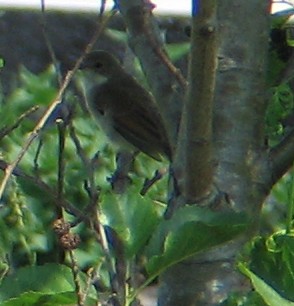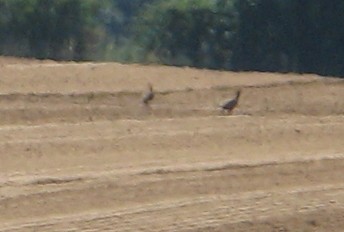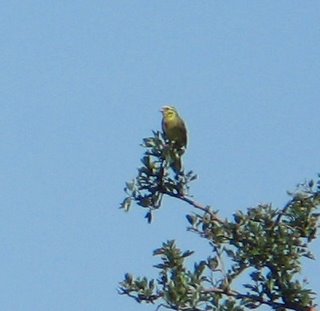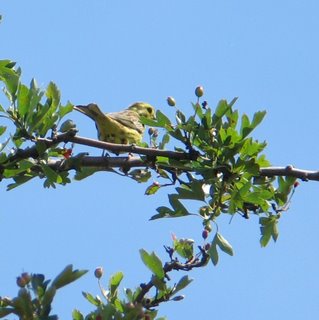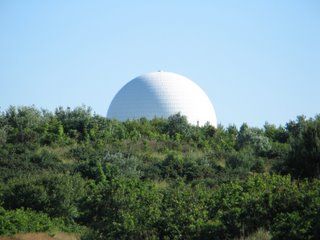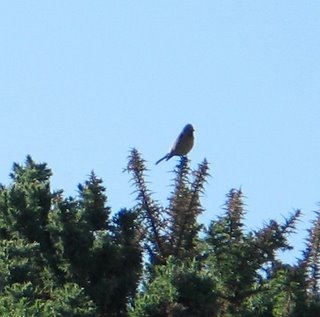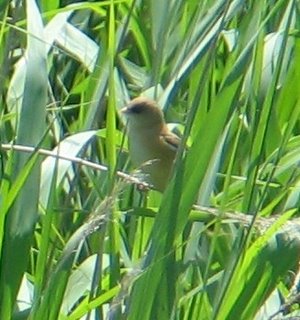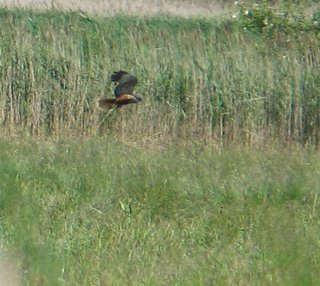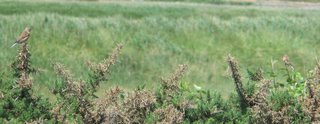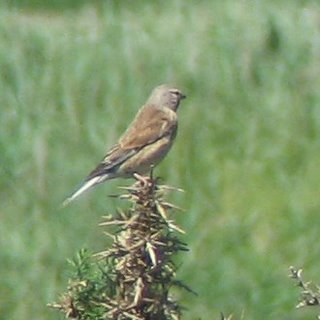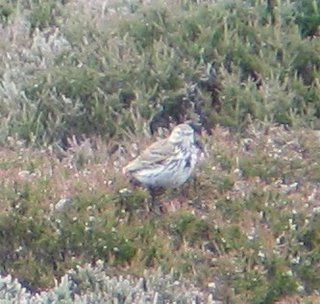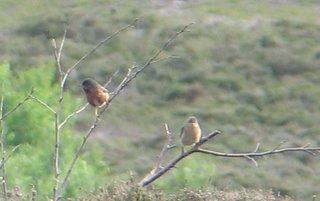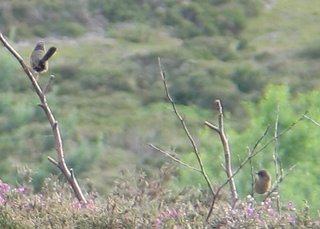On the morning of Day 3, Sunday, we popped back to Cley Marshes in the morning before heading off to Hickling Broad (
http://www.wildlifetrust.org.uk/norfolk/big%205/hickling.htm).
Hickling is another beautiful location with loads of birds, but it is rather awkward to get to. We did however see large numbers of Reed and Sedge Warblers and Long-tailed tits, amongst others. There's one path, beyond the Bittern Hide (nothing doing there - we waited for half an hour then headed on) where we were accompanied along by Long-tailed Tits and a Cetti's Warbler. This is very unusual behaviour for a Cetti's but reflects the fact that in certain locations their numbers are building up and therefore they are having more contact with humans and are becoming more gregarious. I tried to get a snap but the combination of a lack of light and dense foliage thwarted me. Cetti's song is stand-out, literally, completely unmistakable and quite an achievement for such a small bird. We were talking with some other reserve visitors on the path and were able to identify the bird to them from the call alone.
Once off this path we meandered around the reserve taking in the hides. from one we got a good view of a family of
Goldfinch feeding, including these two youngsters:

We had heard Hickling has roosting Common Cranes so decided to head down to the old pumping station which is outside of the main reserve/viewing area. As a consequence of this there was very little human activity along the path which meant the birds hadn't been flushed, and neither had the Muntjac Deer (but he didn't hang around long enough to snap!). There was one spot in particular where we caught site of this confusingly yellow bird, which is clearly a
Yellowhammer - just much more yellow than our guide suggests he should be:
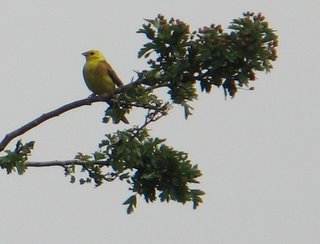
Returning from an unsuccesful foray to the pumping station the first
Yellowhammer had been replaced by a second and much more conventionally coloured bird:

This perch however was clearly prime property as, having flushed the Yellowhammer by edging closer to take snaps, he was replaced by this
Whitethroat:

On Sunday we walked a total of 6 miles.


